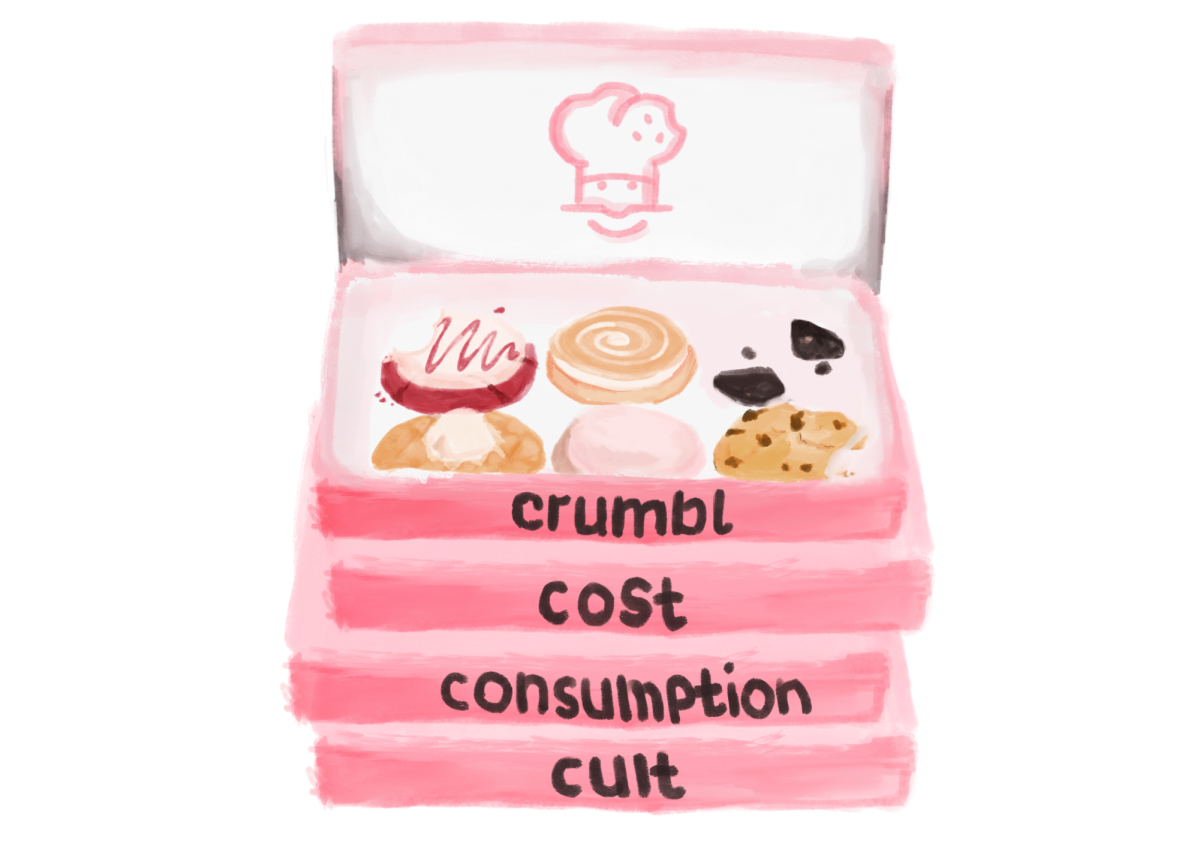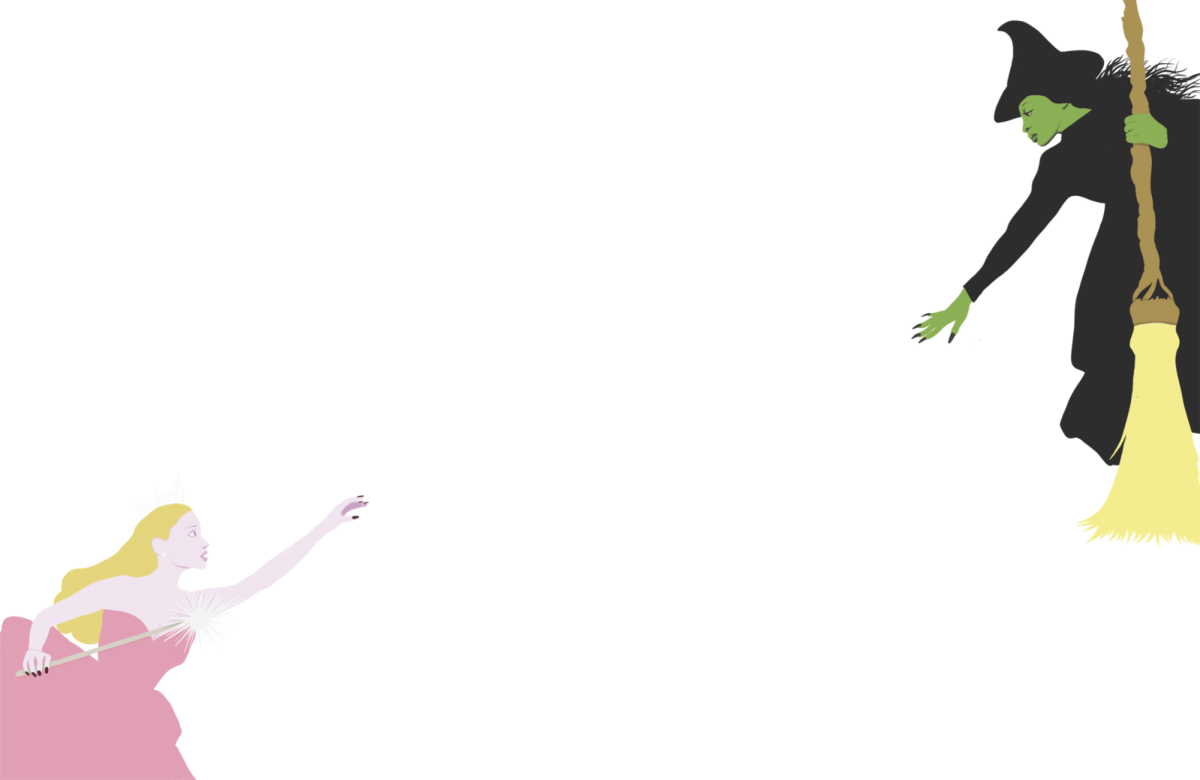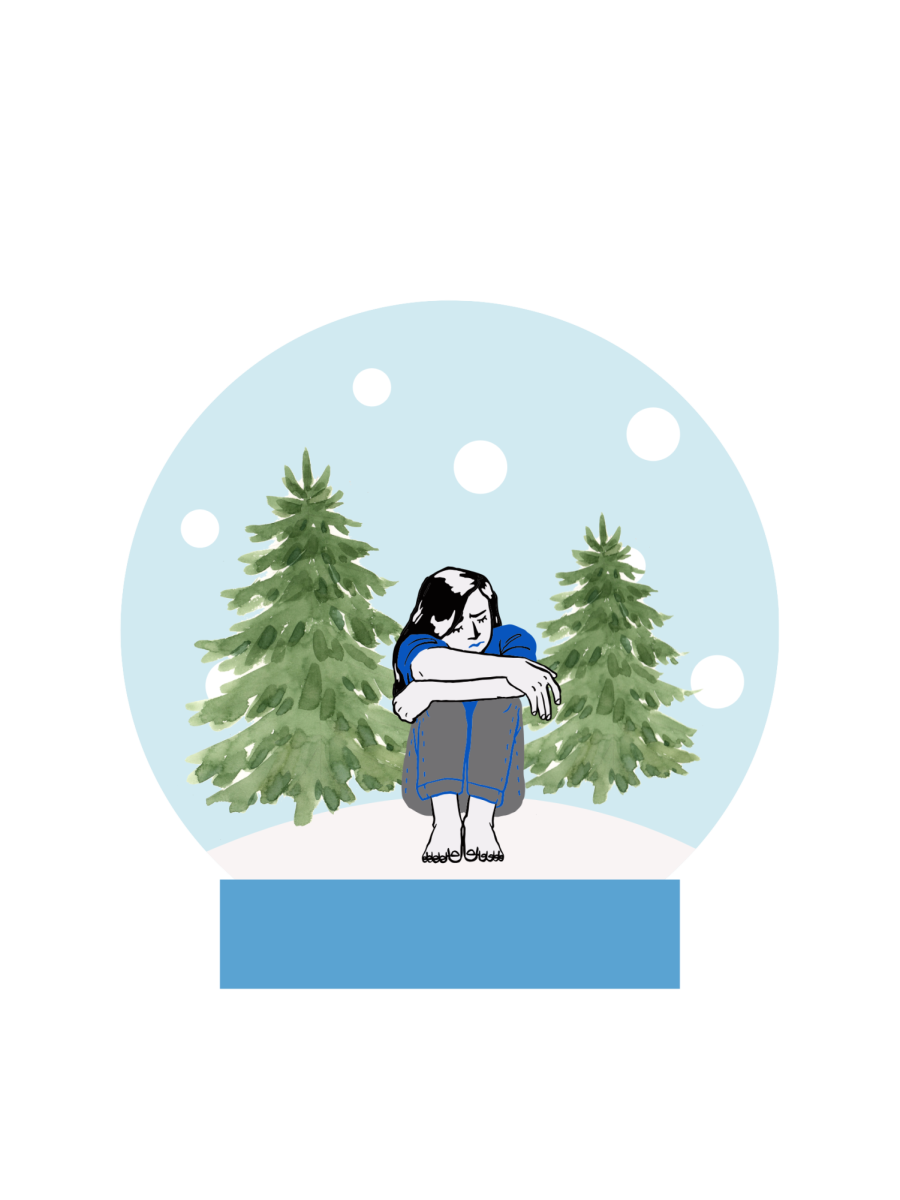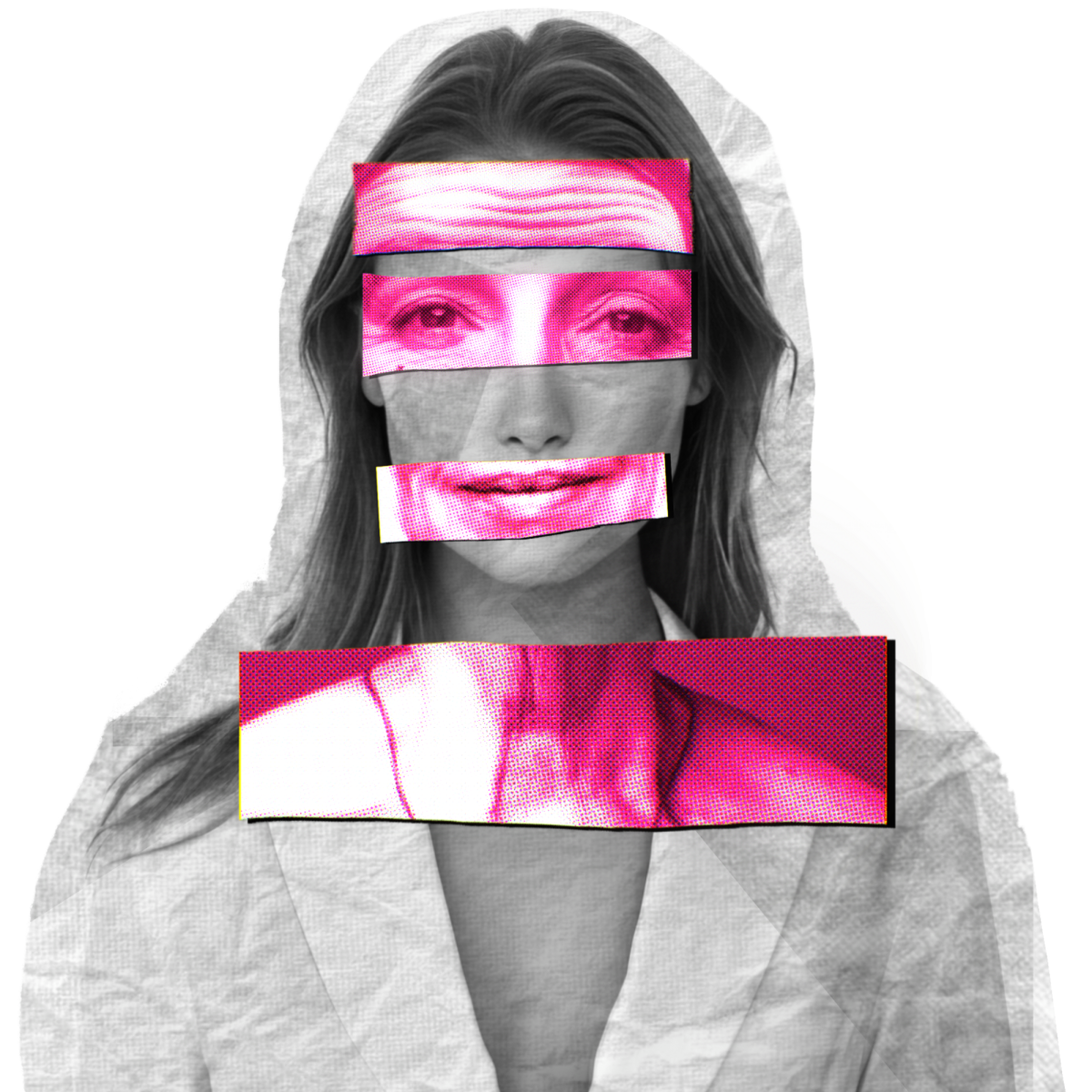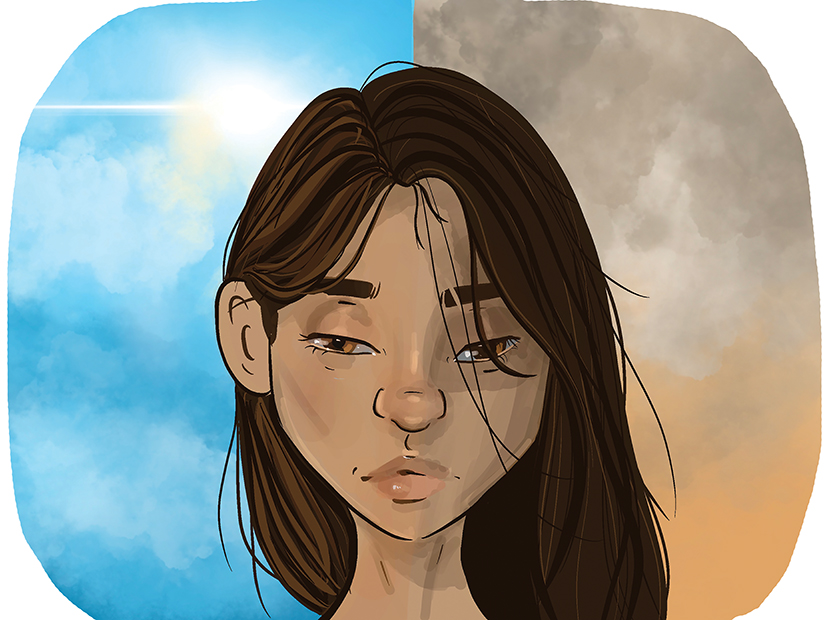Here Comes the Sun
The changing of the seasons brings more than new weather and changing temperatures — studies show that some mood and mental health changes correspond with the changing seasons.
April 15, 2020
The start of a new season is fun for everyone — special traditions make each season exciting in its own way. Most of us tend to prefer one season over the others, but sometimes, a dislike of a season can go so far as being a mental disorder.
SAD, or seasonal affective disorder, as explained by Dr. Norman Rosenthal of Georgetown University, is a type of depression that is correlated with the colder, darker months in autumn and winter.
The National Institute for Mental Health (NIMH) states that “people with SAD may have trouble regulating one of the key neurotransmitters involved in mood, serotonin.” During the winter months, people with SAD have five percent more serotonin (the happy hormone) transporter protein meaning that the serotonin in your brain is being “absorbed” by these transporter proteins, resulting in your brain having less “happy hormones” which can worsen your mood.
The NIMH also states that there is a direct correlation between the sun and your mood. As the days in the winter become shorter and the sun shines for less time, the darkness increases the production of the sleep hormone melatonin.
This means that as you are exposed to more darkness in the winter months, your body produces more melatonin which “leave[s] people with SAD to feel sleepier and more lethargic.”
In terms of the sun, “[p]people with SAD also may produce less Vitamin D” according to the NIMH due to the lack of sun exposure in the winter months.
Vitamin D also may play a role in the serotonin that your body produces. The direct relationship between the two means that if you are getting less vitamin D due to the sun not shining as often, you could produce less serotonin which leads to symptoms of depression.
A study done at BYU refers to SAD as a disorder in which “seasonal increases in sun time were associated with decreased mental health distress.”
The Tri-City Clinic also states that “the availability of sunshine has more impact on mood than rainfall, temperature, or any other environmental factor.”
“When I’m experiencing SAD, I become unmotivated, overly emotional, depressed, antisocial and easily-angered.”
SAD is more common in the northern United States due to the harsher, longer winters where sunshine isn’t guaranteed on a daily basis.
However, even on a local scale, some students at Laguna experience SAD. In a poll sent out to Laguna students, of the 48 Laguna upper school students who participated, 58.3 percent say that they feel mood changes due to the changing seasons — especially from summer to winter.
Senior Grace Fitzpatrick moved from Massachusetts to Santa Barbara a few years ago and she recalls the difference in her mood when living in the North East saying, “Before we moved, I would rarely feel motivated to actually get up and go to hang out with my friends when it was winter. It was like my mood reflected the weather outside. When we moved, though, my whole attitude shifted in the winter and I became happier in general.”
While SAD may be more common in northern states than here in Southern California, people are still affected by SAD in Santa Barbara and areas with similar weather.
Sophomore Lily Connor says that SAD causes her to “become unmotivated, overly emotional, depressed, antisocial and easily-angered” and because of this she, “usually avoid[s] making plans and end[s] up curling up in [her] room waiting for the day to end.”
Just like Lily, many teens in the United States express similar painful and unpleasant symptoms that Lily deals with come autumn and winter.
While many people either don’t know about SAD or believe it isn’t real, an actual shift happens in the way that one’s brain works when the physical displays of the changing of seasons occur, according to NIMH.
If you think that you may be affected by the sun in this way, what can you do? Light therapy lamps can mimic the feeling of sunlight and can be very effective in improving moods during the gloomier months from October to March.
However, when it is nice outside, it’s very important to take advantage of the sunny days and spend as much time outside as possible — save movie days for rainy days.












